How to Allergy-Proof Your Bedroom
In the quest for a healthier lifestyle, creating an oasis of clean air within our homes is paramount, especially in the bedroom where we spend a significant portion of our lives. Allergens such as dust mites, pollen, pet dander, and mold can exacerbate allergies, disrupting sleep and overall well-being. This article will guide you through 10 simple yet effective steps to allergy-proof your bedroom, transforming it into a sanctuary of clean air. By understanding and implementing these strategies, you can significantly reduce allergens, improve air quality, and enhance your sleep environment, ultimately leading to better health and comfort.
1. Declutter for Better Airflow

Clutter not only makes your bedroom look messy but also creates a haven for dust and allergens to accumulate. By minimizing clutter, you improve airflow and reduce the surfaces where allergens can settle. Start by organizing your space, removing unnecessary items, and storing essentials in closed containers. This simple act can significantly decrease dust accumulation. Consider adopting a minimalist approach, which not only enhances the aesthetic appeal of your room but also makes cleaning easier. Regularly dust and vacuum these areas to maintain a clean, allergen-free environment, ensuring that the air you breathe is as pure as possible.
2. Choose Hypoallergenic Bedding

Your bed is the centerpiece of your bedroom, and choosing the right bedding is crucial in allergy-proofing your space. Opt for hypoallergenic pillows, mattresses, and covers made from materials designed to repel allergens. These products are crafted to resist dust mites, mold, and other common allergens. Additionally, washing your bedding weekly in hot water can help eliminate any allergens that may have settled. Consider using a dehumidifier to reduce moisture levels, as a dry environment discourages dust mites and mold growth. Investing in quality bedding not only enhances comfort but also significantly contributes to a healthier sleep environment.
3. Implement a Regular Cleaning Routine
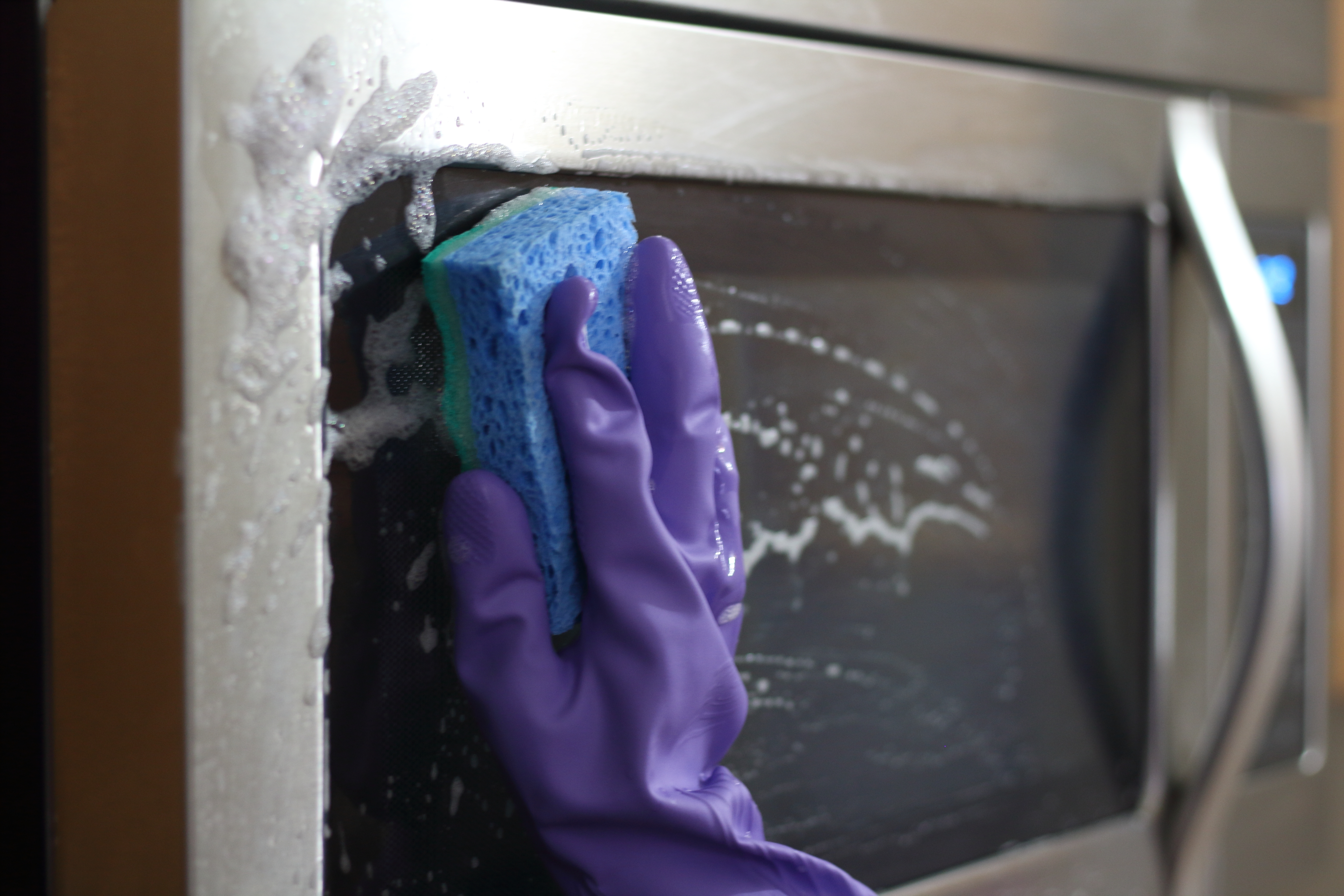
A consistent cleaning routine is essential for maintaining an allergen-free bedroom. Dust surfaces with a damp cloth to prevent allergens from becoming airborne. Vacuum floors and carpets at least once a week using a vacuum cleaner equipped with a HEPA filter to trap fine particles. Don’t forget to clean under the bed and in corners where dust tends to accumulate. For hard floors, consider using a steam mop to effectively sanitize the area. Regular cleaning not only reduces allergens but also promotes a sense of calm and order, further enhancing the tranquility of your sleep environment.
4. Invest in an Air Purifier

Air purifiers are a powerful tool in the fight against allergens. These devices work by filtering airborne particles, including dust, pollen, and pet dander, providing cleaner air to breathe. When choosing an air purifier, look for one with a HEPA filter, as it captures 99.97% of particles as small as 0.3 microns. Place the purifier in your bedroom and run it continuously for optimal results. Regularly change the filters as recommended by the manufacturer to maintain its efficiency. An air purifier not only improves air quality but also contributes to better respiratory health and a more restful sleep.
5. Control Humidity Levels
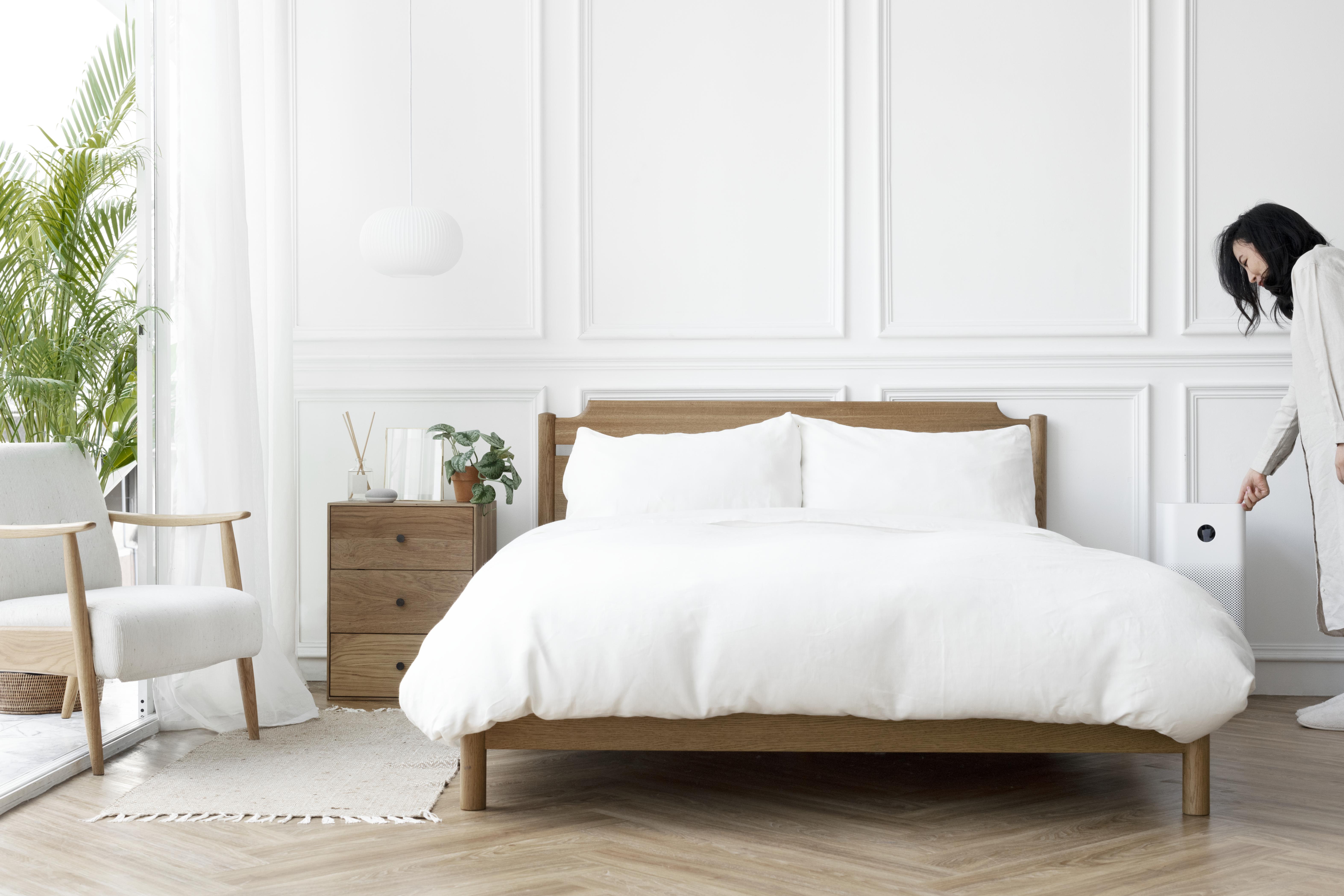
Maintaining optimal humidity levels in your bedroom is crucial for reducing allergens. Dust mites and mold thrive in humid environments, so keeping humidity below 50% can significantly decrease their presence. Use a dehumidifier to regulate moisture levels, especially in warmer months. Conversely, in winter, a humidifier may be necessary to prevent the air from becoming too dry, which can irritate respiratory passages. Monitor humidity levels with a hygrometer to ensure they remain within the ideal range. By controlling humidity, you create an inhospitable environment for allergens, enhancing the overall air quality in your bedroom.
6. Opt for Allergen-Resistant Flooring
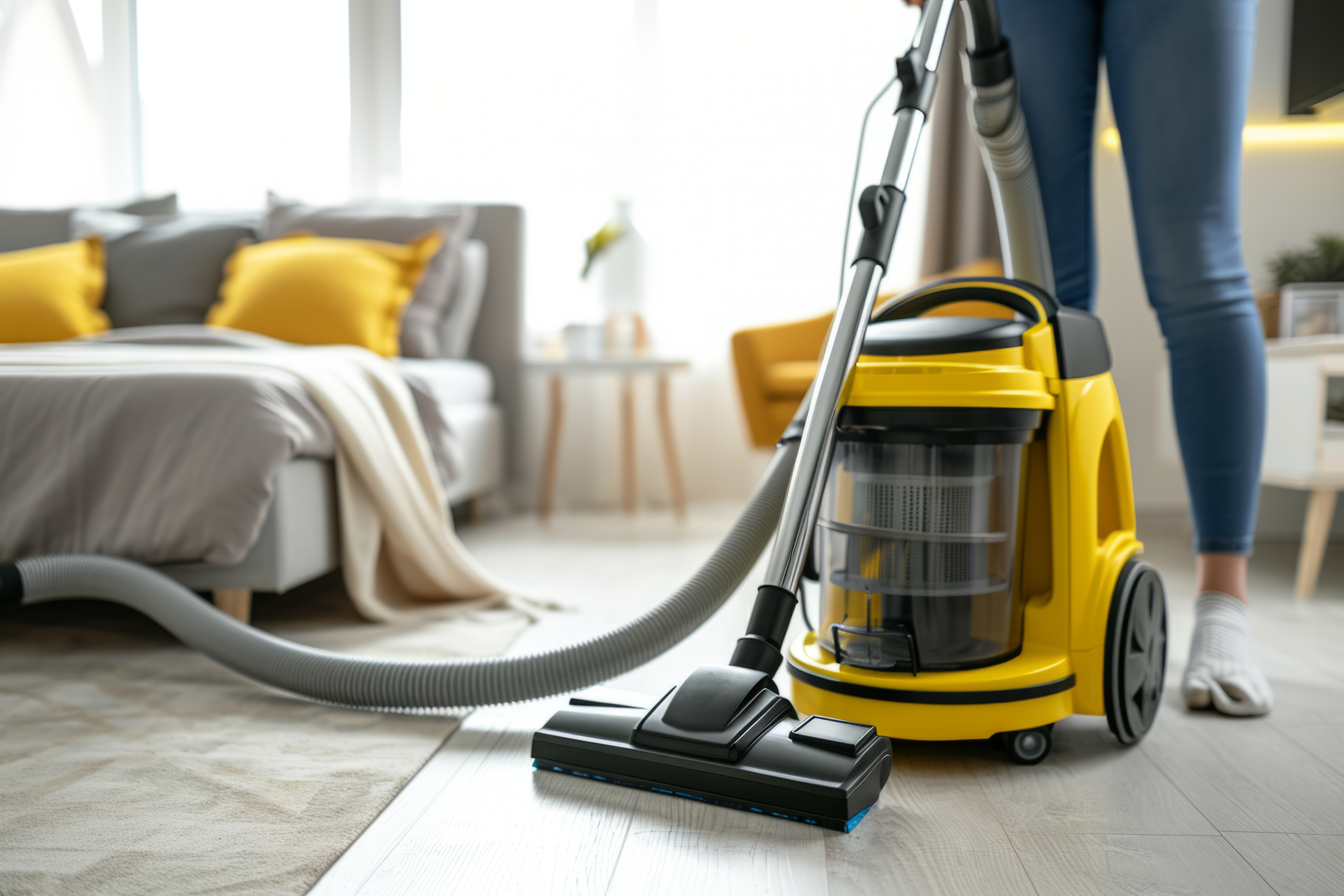
Carpets can harbor dust, pollen, and pet dander, making them a less desirable choice for allergy sufferers. Consider replacing carpets with hard flooring options such as hardwood, tile, or laminate, which are easier to clean and do not trap allergens. If you prefer the comfort of a rug, choose one made from natural fibers and wash it regularly. Additionally, use a vacuum cleaner with a HEPA filter to ensure thorough cleaning. By opting for allergen-resistant flooring, you reduce the potential for allergens to accumulate, thus creating a cleaner and healthier environment in your bedroom.
7. Utilize Natural Cleaning Products

The cleaning products you use can significantly impact the air quality in your bedroom. Many conventional cleaners contain harsh chemicals that can exacerbate allergies and respiratory issues. Opt for natural cleaning products that are free from synthetic fragrances and harmful chemicals. Ingredients like vinegar, baking soda, and lemon are effective natural alternatives that can clean your space without introducing toxins. These natural products not only reduce allergens but also contribute to a healthier indoor environment. By choosing eco-friendly cleaning solutions, you protect both your health and the planet, creating a safer space for relaxation and sleep.
8. Incorporate Indoor Plants Wisely
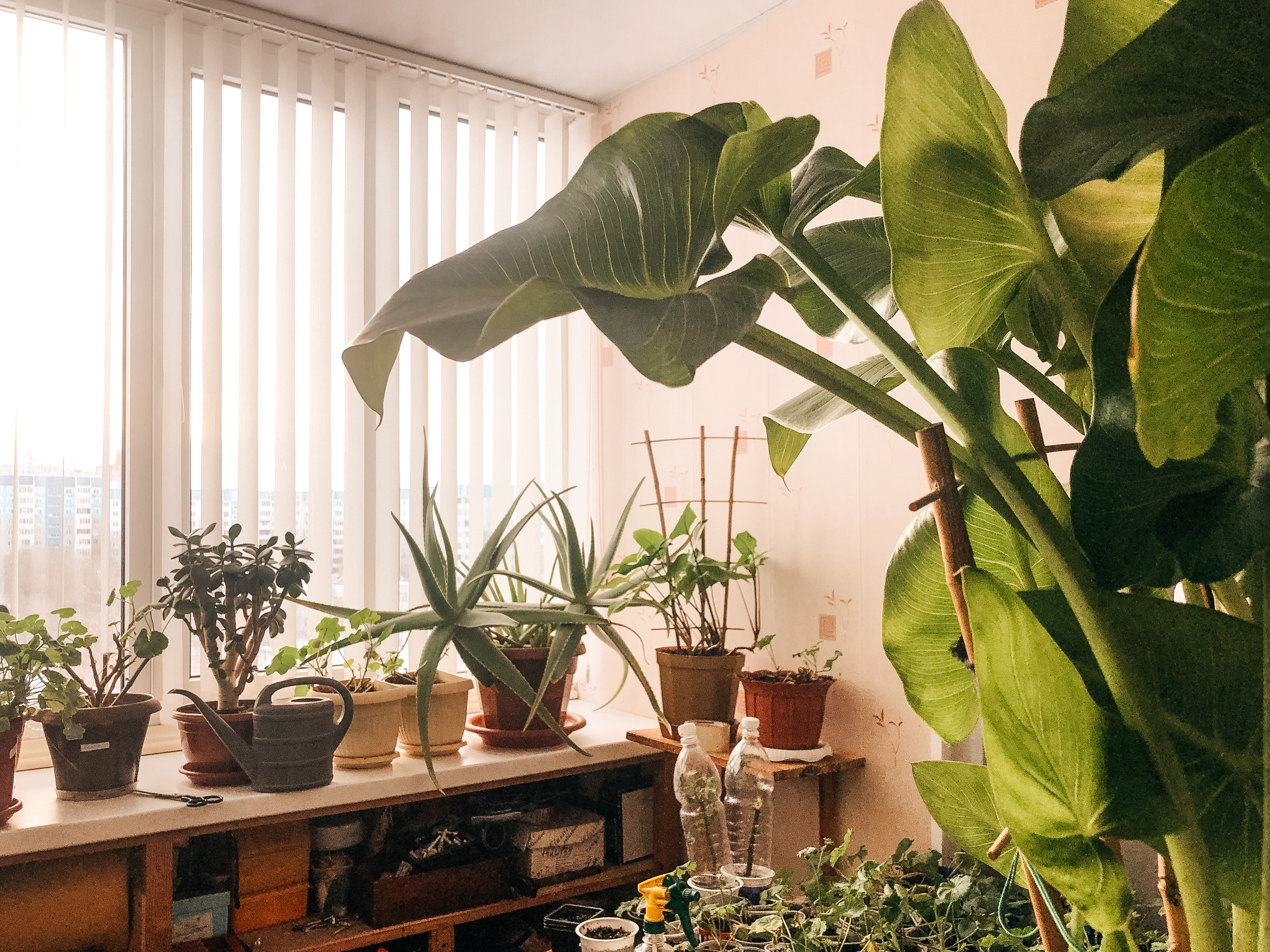
Indoor plants can enhance the aesthetic of your bedroom while also improving air quality by absorbing toxins and releasing oxygen. However, they can also harbor mold and pollen, so it’s important to choose wisely. Opt for plants known for their air-purifying qualities, such as snake plants, spider plants, or peace lilies. Ensure they are well-maintained, with proper watering and drainage to prevent mold growth. Regularly wipe the leaves to remove dust buildup. By carefully selecting and caring for indoor plants, you can enjoy their benefits without compromising the allergen-free environment you’ve worked to create.
9. Keep Pets Out of the Bedroom

While pets are beloved members of the family, they can contribute significantly to allergens in the bedroom. Pet dander, saliva, and fur can exacerbate allergies and disrupt sleep. Establishing the bedroom as a pet-free zone is an effective way to reduce allergen exposure. Provide your pets with a comfortable sleeping area elsewhere in the home. If keeping them out of the bedroom is not feasible, ensure they are regularly groomed and bathed to minimize dander. By setting boundaries for pets, you can maintain a cleaner, allergen-reduced space conducive to restful sleep.
10. Seal Windows and Doors

Windows and doors are potential entry points for outdoor allergens such as pollen and dust. Ensure they are properly sealed to prevent these allergens from infiltrating your bedroom. Use weatherstripping or caulking to seal any gaps or cracks around windows and doors. Consider installing air-tight window frames or using heavy-duty curtains to further block allergens. During high pollen seasons, keep windows closed and rely on air conditioning to ventilate the room. By sealing your bedroom from outdoor elements, you protect the indoor air quality, creating a more controlled and allergen-free environment.
Embrace Your Clean Air Sanctuary
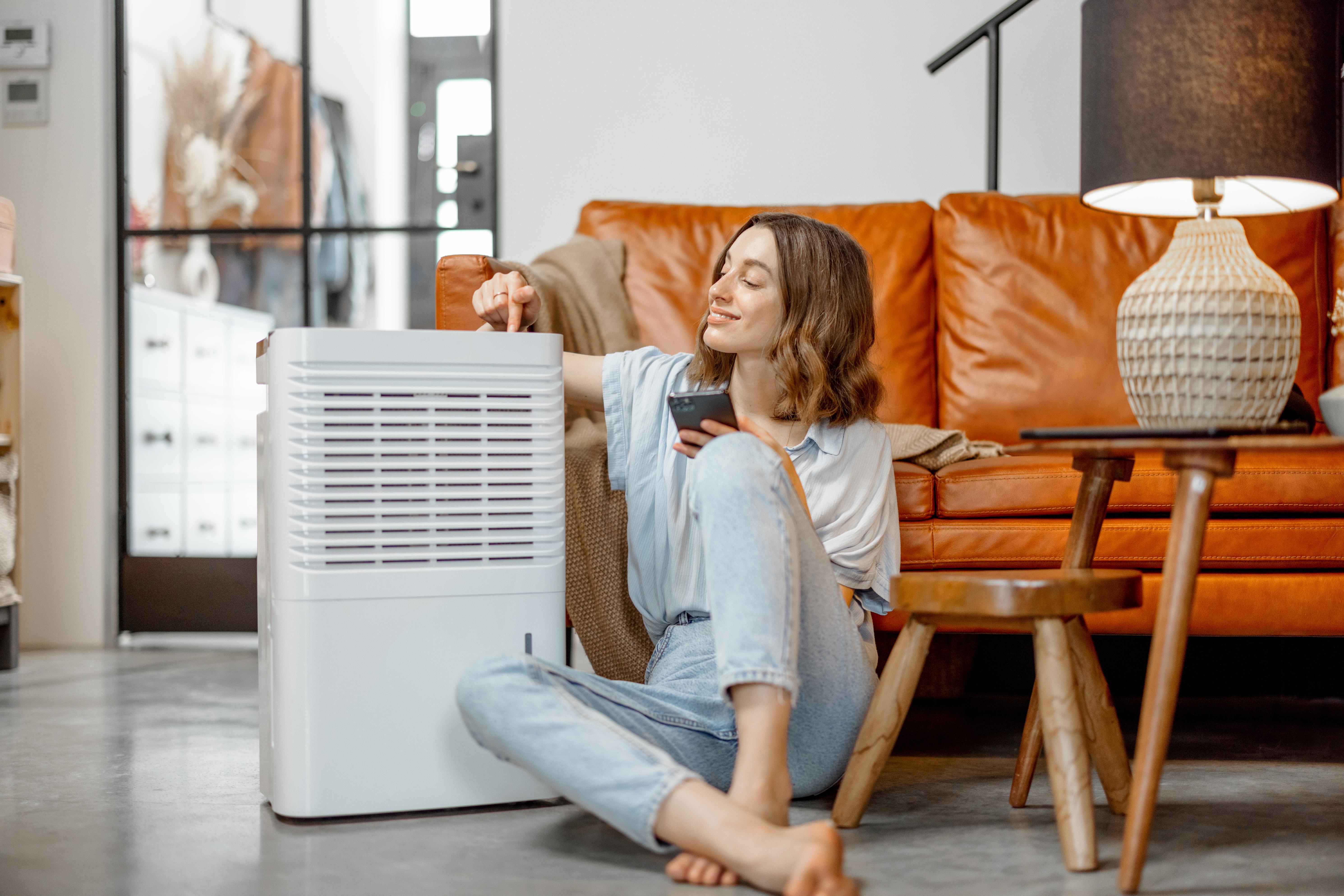
By following these 10 steps, you can transform your bedroom into a sanctuary of clean air, free from the allergens that disrupt sleep and health. Each step, from decluttering and choosing hypoallergenic bedding to investing in air purifiers and sealing windows, plays a vital role in reducing allergens and improving air quality. Embrace these changes as a holistic approach to enhancing your sleep environment, ultimately leading to improved well-being and comfort. With dedication and mindful practices, you can create an oasis of pure, clean air, providing a refuge from the allergens of the outside world.